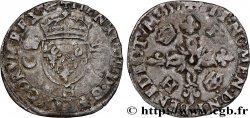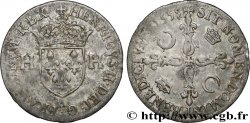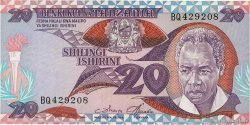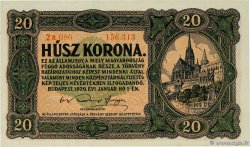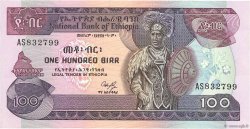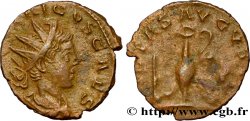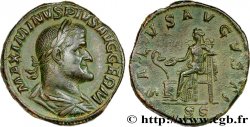Live auction - bry_438129 - HENRY II Demi-teston à la tête nue, 1er type 1551 Aix-en-Provence
You must signin and be an approved bidder to bid, LOGIN TO BID. Accounts are subject to approval and the approval process takes place within 48 hours. Do not wait until the day a sale closes to register. Clicking on "BID" constitutes acceptance of the terms of use of cgb.fr private live auctions.
Bids must be placed in whole Euro amounts only. The sale will start closing at the time stated on the item description; any bids received at the site after the closing time will not be executed. Transmission times may vary and bids could be rejected if you wait until the last second. For further information check the Live auction FAQ
All winning bids are subject to a 18% buyer’s fee.
All winning bids are subject to a 18% buyer’s fee.
| Estimate : | 500 € |
| Price : | 300 € |
| Maximum bid : | 330 € |
| End of the sale : | 12 September 2017 15:48:59 |
| bidders : | 1 bidder |
Type : Demi-teston à la tête nue, 1er type
Date: 1551
Mint name / Town : Aix-en-Provence
Quantity minted : 1377
Metal : silver
Millesimal fineness : 898 ‰
Diameter : 25,5 mm
Orientation dies : 2 h.
Weight : 3,96 g.
Rarity : R3
Coments on the condition:
Ce demi-teston est frappé sur un flan irrégulier et assez large. Exemplaire présentant quelques faiblesses de frappe et ayant été nettoyé
Catalogue references :
Obverse
Obverse legend : .HENRICVS. II. D. G. FRANCOR. REX.
Obverse description : Tête nue de Henri II à droite.
Obverse translation : (Henri II, par la grâce de Dieu, roi des Francs).
Reverse
Reverse legend : + XPS. VINCIT. XPS. REGNAT. XPS. IMPE 1551 (MM).
Reverse description : Écu de France couronné accosté de deux H couronnées ; lettre d'atelier à la pointe de l'écu.
Reverse translation : (Le Christ vainc, le Christ règne, le Christ commande).
Commentary
Ce demi-teston est très rare et ne semble connu que par un seul autre exemplaire conservé dans les collections du Cabinet des médailles de la Bibliothèque nationale de France. 1377 testons furent frappés en 1551 à Aix-en-Provence (chiffre comprenant des demi-testons). Le teston ne semble pas avoir été retrouvé à ce jour.







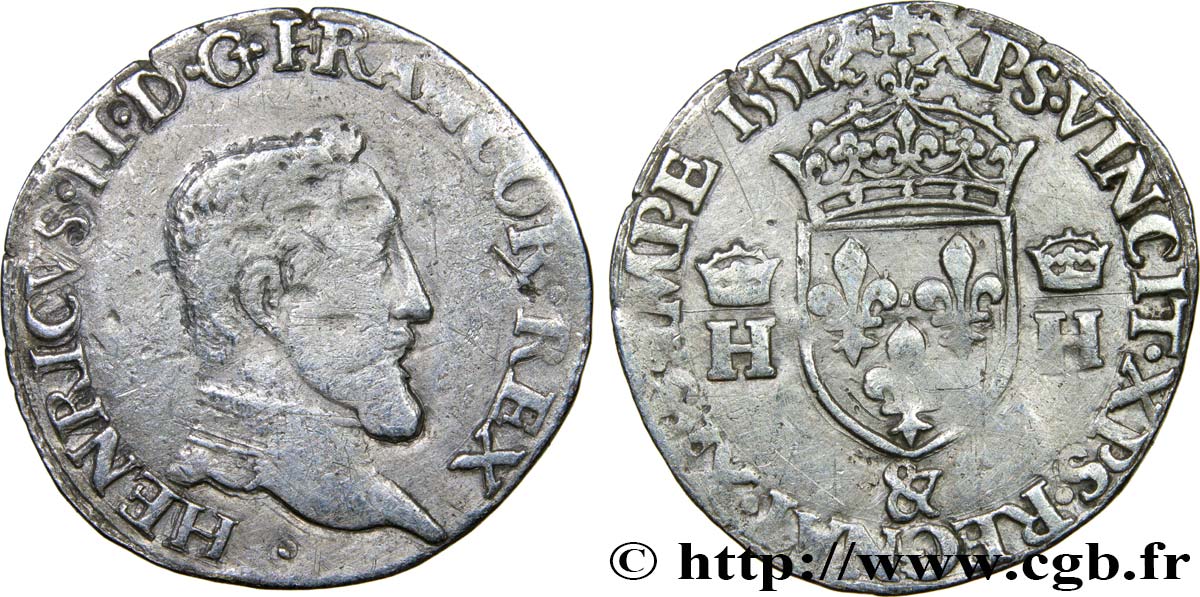
 Report a mistake
Report a mistake Print the page
Print the page Share my selection
Share my selection Ask a question
Ask a question Consign / sell
Consign / sell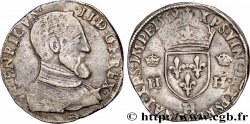
 Full data
Full data